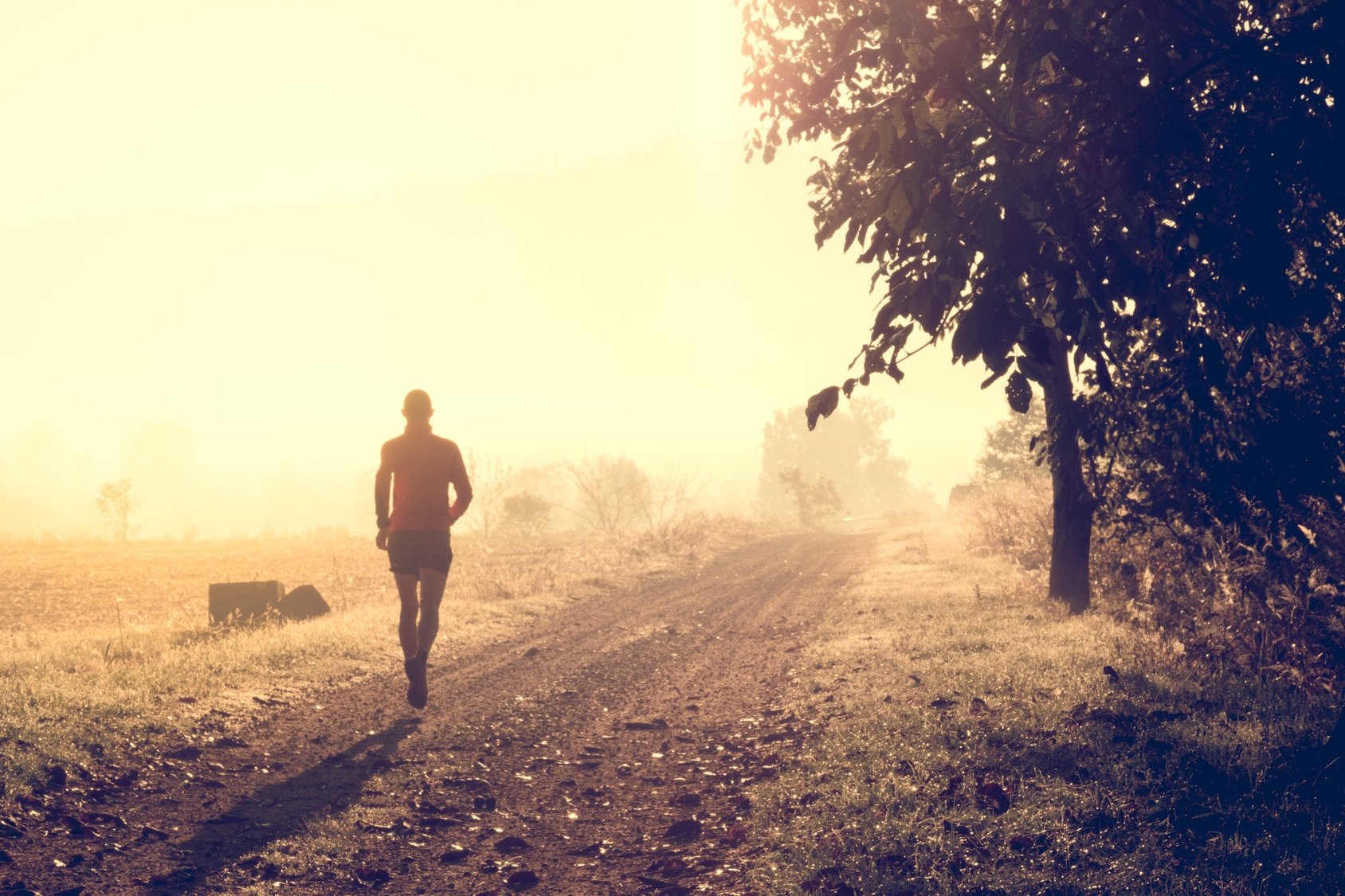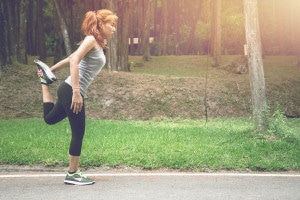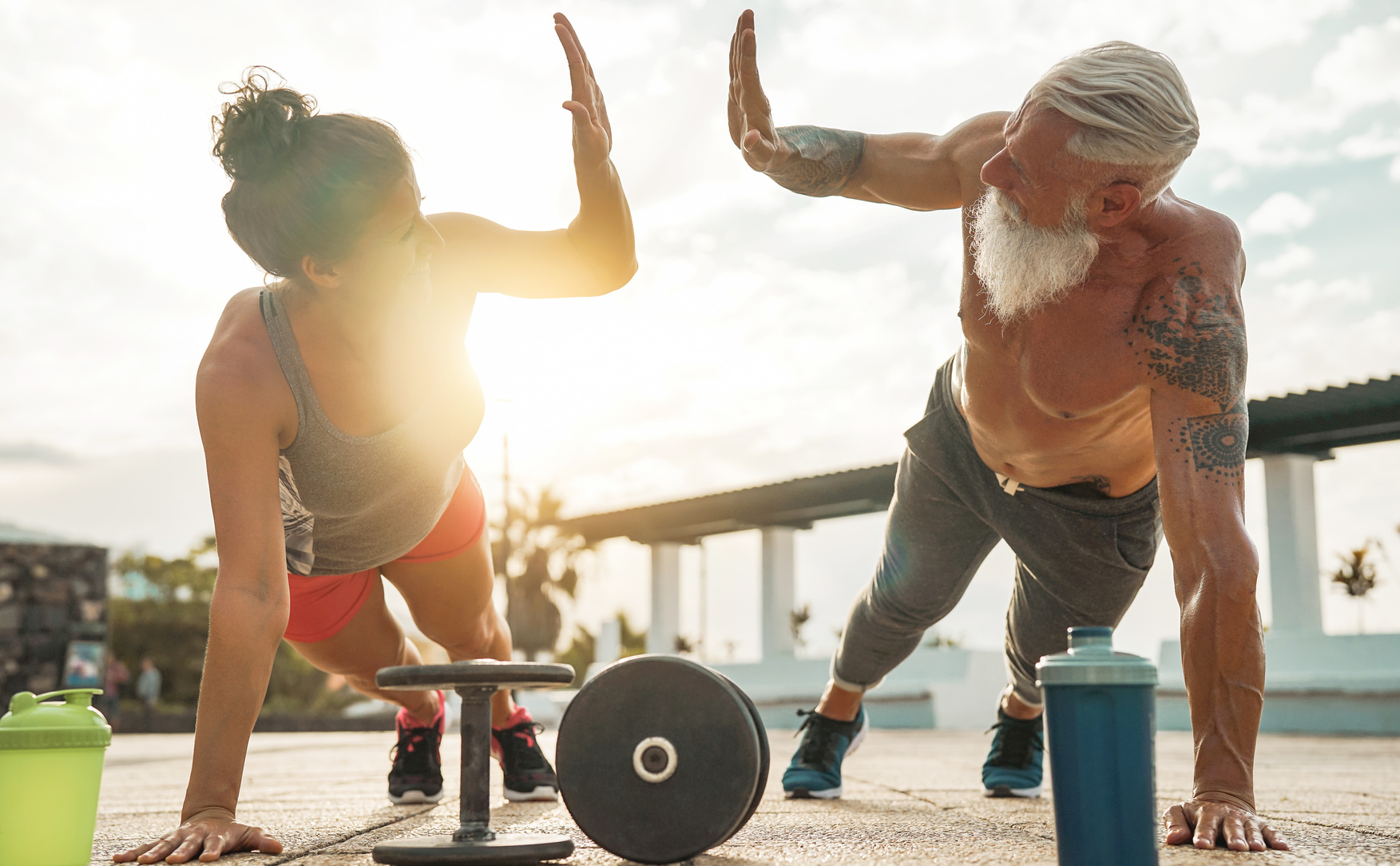Ouch! Your left knee throbbing, your shoes squeezing too tight, and your throat as parched as a desert. And to top it off, you still have three agonizing miles to go. Ugh, the struggle is real!
But hey, let’s not sugarcoat it. Running is tough stuff. Whether you’re battling the boredom blues or grappling with physical discomfort, we all need a little mental magic to keep us going strong during those challenging runs. Lucky for you, I’ve got a bag of mind-bending tricks that will help you conquer the pain and power.
Ready to unlock the secrets of shutting down that chattering monkey mind and pushing past the limits? I’m here to spill the beans and share my favorite mental tricks that will make your runs feel like a breeze.
But hold on tight, my friend, because I have a small disclaimer: If you’re seriously injured, no amount of mind games or distractions can save the day. It’s time to hit the brakes, seek help, and let those professionals work their magic. Trust me, trying to distract yourself in such a situation would do more harm than good, and we definitely don’t want that.
However, if you’re just mildly tired or trapped in the clutches of boredom, then these tactics I’m about to reveal are your secret weapons to stay on course and conquer the challenges. So buckle up and get ready to unleash your inner mental warrior—it’s time to take your running game to the next level!
Beginnings Are Hard
The dreaded first mile. It’s like facing a towering mountain, both mentally and physically. Your mind and body haven’t fully embraced the idea of running yet, and they’re putting up a fight. But hey, don’t fret! We’ve all been there.
Picture this: You’re standing at the starting line, ready to conquer the world. But wait, it’s not easy. Stepping out of your comfort zone takes guts. It’s like venturing into uncharted territory, exploring the wild unknown. And you know what? That’s something to be proud of.
Now, here’s the secret: The first mile is just the warm-up. It’s like dipping your toes into the water before taking the plunge. You’re laying the foundation for a great run. So keep that in mind as you put one foot in front of the other, embracing the discomfort and pushing through.
Sure, you might encounter a few pesky little niggles along the way. Those nagging doubts and whispers of discomfort can try to derail your progress. But don’t let them win. Stay focused, ignore the distractions, and keep pushing through. Trust me; it does get better.
“But David, can you give me something more practical?” Sure. Here’s what to do – Break it down. Imagine staring at the daunting distance ahead, thinking about the miles that lie between you and that glorious finish line. It can be overwhelming, right?
Instead of fixating on the enormity of the entire run, shift your focus to smaller chunks. Think of it as embarking on a series of mini-adventures. Let’s say you’re aiming for a challenging 12-mile run. Rather than dwelling on the number 12, break it down into three 3-mile runs. Suddenly, it feels more achievable, like conquering one milestone at a time.
Each time you start a new segment, embrace it with a surge of motivation. Imagine yourself embarking on a fresh run, ready to tackle the distance with gusto. Your mind becomes laser-focused on reaching the end of that segment, ticking it off your mental checklist. Before you know it, you’ll be celebrating each milestone along the way, inching closer to that ultimate victory.
Work on Your Form
Picture yourself on the run, feeling the rhythm of your strides, the wind brushing against your face. It’s a beautiful moment, but sometimes discomfort sneaks in, trying to steal your focus. That’s where technique comes in, my friend.
Think of it as fine-tuning your running machine. By honing your technique, you shift your attention from the discomfort to the intricate mechanics of your body in motion. It’s like an artist perfecting their brushstrokes or a musician mastering their instrument. You become the conductor of your run, orchestrating each movement with precision.
This becomes especially crucial during those long, grueling runs or intense races. As you push yourself beyond the limits of exhaustion, your technique can crumble like a sandcastle against crashing waves. And when that happens, everything becomes harder—running faster, maintaining your pace—it’s an uphill battle.
So, let’s take a moment to assess your form. Are you maintaining good posture, like a majestic statue standing tall? Keep that back flat, engaging those core muscles to support your every stride. And remember to breathe deep, filling your lungs with the sweet nectar of oxygen. It’s like fuel for your body, keeping you in perfect harmony with each step.
As you run, aim for stealth mode—make little to no noise with your footfalls. It’s like a secret mission, leaving only the whispers of your footsteps behind. And don’t forget to relax those shoulders, letting go of any tension that may have hitched a ride.
Now, let’s talk about the face—yes, the face. Release the tension; let go of that furrowed brow and clenched jaw. Smooth out those features like a serene mask of tranquility. A relaxed face translates to a relaxed body, creating a fluid motion that carries you forward.
And where do your feet land? Aim for under your body’s center of gravity, like a dancer gracefully landing on stage. It’s the sweet spot that maximizes efficiency and minimizes the risk of injury. With each foot strike, feel the earth embrace you, propelling you forward on your running journey.
Here’s a little secret to spice things up: Count your foot strikes. Yes, it may sound odd, but it’s a secret weapon to improve your running cadence. Aim for a magical range of 170 to 180 steps per minute, like a symphony playing in perfect harmony. As you fine-tune your cadence, you’ll find yourself dancing with the rhythm of the run, effortlessly gliding towards your goals.
Run Somewhere Else
Changing up your running locations regularly is like embarking on a grand adventure. It’s a chance to escape the predictable and embrace the unknown. Imagine yourself as an explorer, seeking new landscapes and hidden gems with every stride.
Running the same path day in and day out can turn you into a running rodent trapped in a maze of familiarity. But you crave more than repetitive scenery. You yearn for variety, for the thrill of discovering new paths that unfold before your eager eyes.
So, let’s shake things up, shall we? Trade the asphalt for nature’s embrace—trail running and cross-country running are your tickets to freedom. Dive into the wilderness, where the earth beneath your feet becomes your canvas, and every root and stone is an obstacle to conquer.
Or perhaps you seek solace in the serenity of a pristine view. Find a place that speaks to your heart—a riverbank, an oceanfront, or a forest of towering trees. Let the beauty of nature become your running companion, inspiring you with each passing step. As you immerse yourself in the enchanting surroundings, feel the synergy between your running and the natural world, as if you’re dancing in perfect harmony.
But wait, there’s more! If you’re a people-watcher at heart, why not choose a running route where crowds gather? Picture yourself weaving through bustling streets or running along a lively promenade. As you pass by individuals from all walks of life, let their energy and stories ignite your own. It’s like being part of a vibrant tapestry, where the fabric of humanity intertwines with your running journey.
Studies have shown that changing your running environment can have a profound impact on your motivation and performance. It revitalizes your senses, sparks new inspiration, and prevents the dreaded plateau. So, embrace the adventurer within you and explore the countless possibilities that await outside your comfort zone.
Run To Music
If you haven’t harnessed the power of music in your running routine, my friend, you’re missing out on a game-changing secret weapon. Let me tell you, the combination of great music and great runs is like a symphony of motivation that will propel you forward and drown out the nagging doubts in your mind.
Imagine this: you’re pounding the pavement, your heart racing, and your legs burning. But wait, what’s that? A powerful beat drops in your ears, a surge of energy coursing through your veins. Suddenly, you find yourself running with an extra spring in your step, as if the rhythm itself is propelling you forward. It’s like having your own personal DJ, tailoring the soundtrack to your running journey.
But don’t just take my word for it, my friend. Science has chimed in to validate this musical magic. Studies have shown that runners who groove to their favorite tunes while exercising can achieve remarkable feats. They not only run farther and faster but also experience a lowered sense of exertion.
It’s time to curate your ultimate running playlist. Choose tunes that resonate with your soul, that ignite a fire within you when the going gets tough. Whether it’s a pulsating beat, an uplifting melody, or lyrics that speak to your determination, make sure your playlist is a reflection of your running spirit.
As you embark on those grueling miles, let the music guide you. Let it be the driving force that pushes you through the hardest moments when your body begs you to quit.
Embrace the power of a well-timed anthem, a crescendo that lifts your spirits and fuels your endurance. With each beat, let the music carry you closer to that finish line, where triumph awaits.
But a word of caution not all jams are created equal. Choose wisely, for the right music can make all the difference. Find that perfect balance between energizing and motivating, a melody that syncs harmoniously with your running rhythm. Experiment with different genres, tempos, and artists until you discover the secret formula that unlocks your full running potential.
If music isn’t one of your training tools, you’re missing out — big time.
Create Mantras
Want to break away from the mold of negative thoughts and inner dialogue? Try running mantras.
This might sound cheesy and new age, but having a few mantras on hand will keep you centered… and keep you going in the hardest stretches of your run.
Mantras can serve as your inner cheerleader when you need them the most.
It also keeps your mind occupied from the negative thinking that will slow you down and hamper your performance: “I want to quit,” “I feel sore,” or “I’m done.”
Check out the following mantras for some inspiration.
- I’m strong
- I’m capable
- I’m fast
- Just do it
- I’m a good runner
- Keep going
- Breathe
- Run strong
- I got this
- I love this
These are just a few examples.
For the full list, click here.
Start mentally repeating these mantras to yourself until you have a set that works for you.
You are under no pressure to disclose them or even that you’re using them.
Keep strong.
















